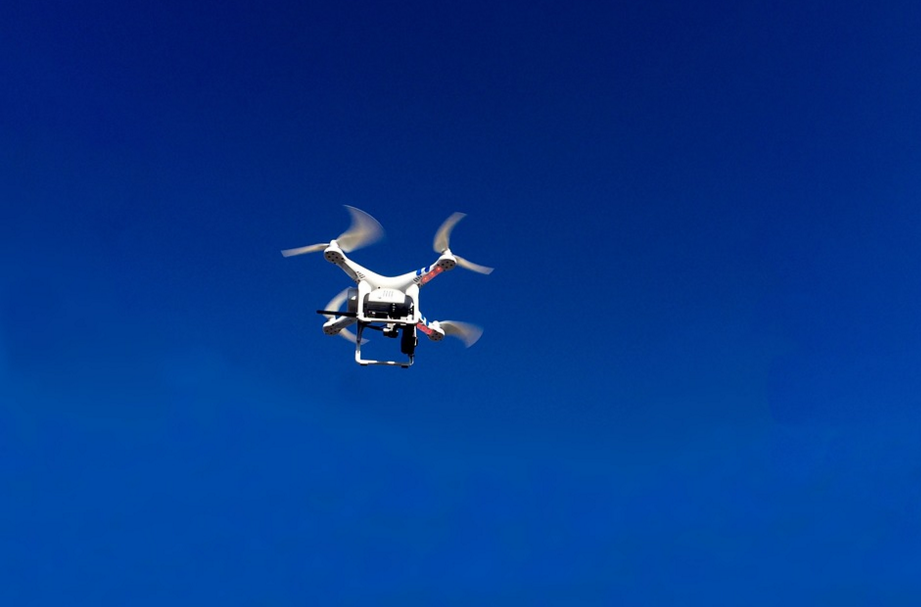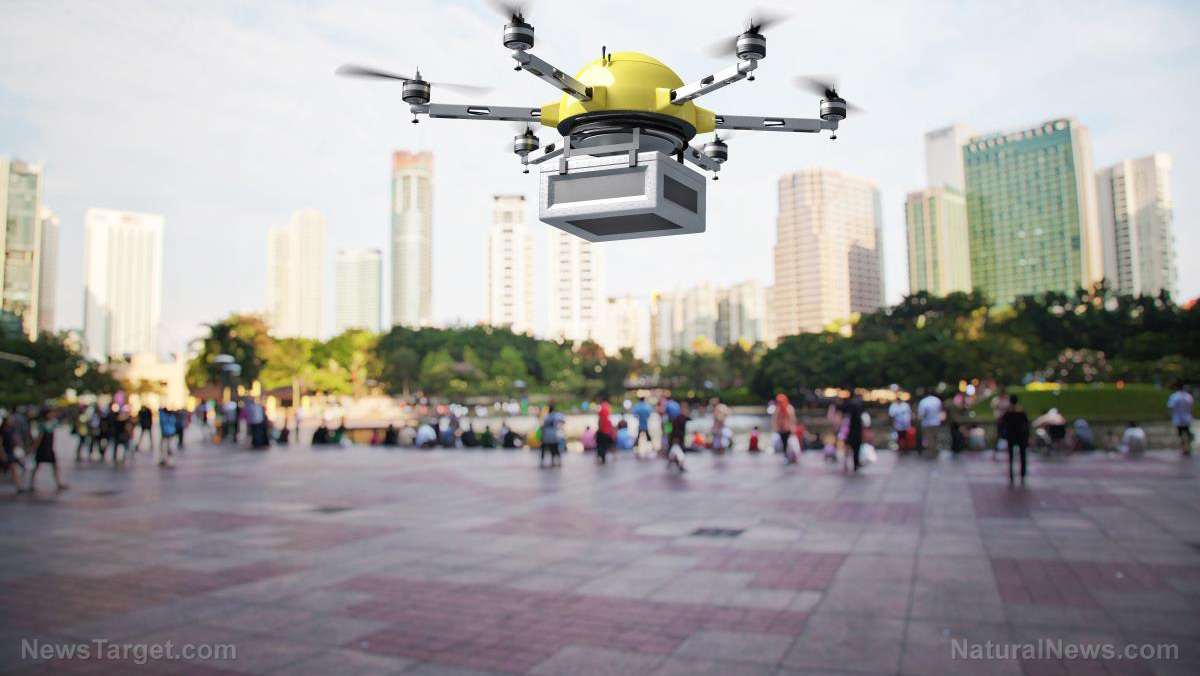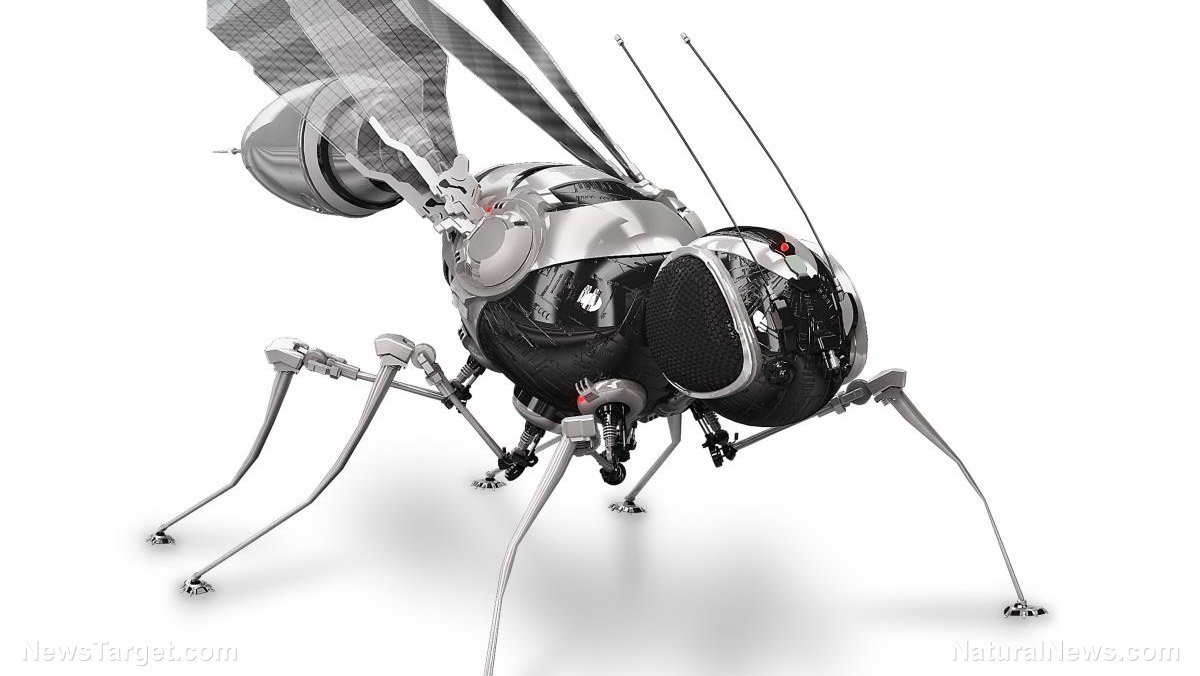
For the first time in Europe, a Chinese-designed flying taxi took to the skies over Vienna, Austria. Its developers claimed that the small test flight for the mega-drone represented a giant leap for urban mobility.
The Ehang 216 self-flying taxi performed its maiden European flight at the Generali Arena in the Austrian capital. It flew in circles over the stadium for several minutes before touching down on the pitch.
Austrian aerospace company FACC AG and its Chinese partner-owner Aviation Industry Corporation of China (AVIC) conducted the demonstration flight for potential customers.
EHang founder Derrick Xiong claimed that the 216 model was ready to enter commercial service. The asking price for a single unit of the self-flying vehicle was $336,000 (£257,000.)
Despite the staggering price tag for its 216 model, EHang claimed that several thousand customers had already placed orders with the company.
The EHang 216 is designed to transport passengers, industrial equipment, and vital medical supplies over short distances. The manufacturer stated that it thoroughly tested the self-flying vehicle's capabilities and safety. (Related: Are futuristic flying cars really better for the environment?)
Chinese self-flying taxi demonstrates its potential in Austrian airspace
EHang joins numerous companies jostling each other for a slice of the profitable pie of autonomous aircraft services that perform vertical take-offs and landings. In 2018, it formed a strategic partnership with FACC, an Austrian company owned by the Chinese aerospace group AVIC.
Its entry, the EHang 219, will seat up to two passengers. A fully loaded mega-drone may weigh as much as 750 lbs (340 kg).
During level flight, the Chinese self-flying taxi attains a maximum speed of 90 mph (150 kph.) It has the battery power to sustain its top speed for close to half an hour.
FACC chief executive officer Robert Machtlinger explained that its payload determines the range of the flying vehicle. The EHang hauls light loads for 43 miles (70 km), while heavy cargo cut the range down to 31 miles (50 km).
While the EHang 216 may be ready for mass production and service, it may not be the best self-flying taxi on the market. An Austrian photographer came up with one space-related issue.
Asked by Reuters for his opinion on riding aboard the flying car, he noted that the passenger compartment felt small to him. As such, taller or leggier passengers may find the interior to be cramped.
FACC shared that many of the orders for the EHang 216 came from China.
Austria and the rest of Europe need the proper regulations for urban mobility vehicles
The early part of the next decade will witness other autonomous flying vehicles take to the air as well. Start-up companies like Kitty Hawk, Zee Aero, Joby Aviation, and AirSpaceX plan to compete with much bigger rivals like European aerospace giant Airbus and ride-hailing company Uber. They rely on autonomous systems, improved batteries, and electric motors.
As usual, the lack of regulations for these self-flying vehicles posed the greatest obstacle to a world where people like George Jetson went to work aboard personal flying cars.
“Technically urban mobility, flying without a pilot is possible, it's not a dream, it's existing,” remarked Machtlinger. “A future legal framework for autonomous flying vehicles should regulate communication with other planes and helicopters and provide traffic rules.”
Speaking on behalf of the Austrian government, transport minister Norbert Hofer said that Austria supported international efforts to set up the appropriate regulations governing the use of self-flying vehicles.
“I hope that Austria will be the place where thousands of these drones, of these air taxis will be built and I hope that very soon we will see a lot of these air taxis in the air,” Hofer opined in an interview.
Sources include:
Please contact us for more information.




















